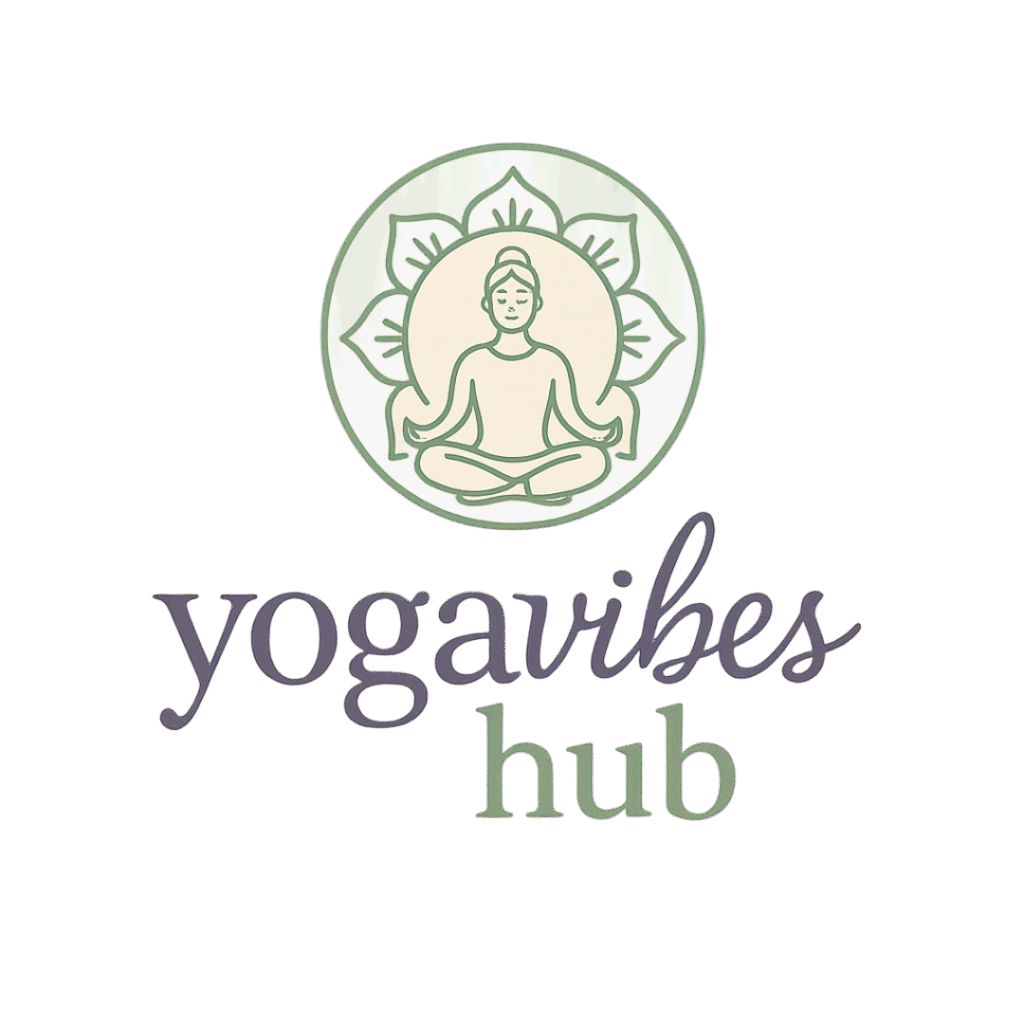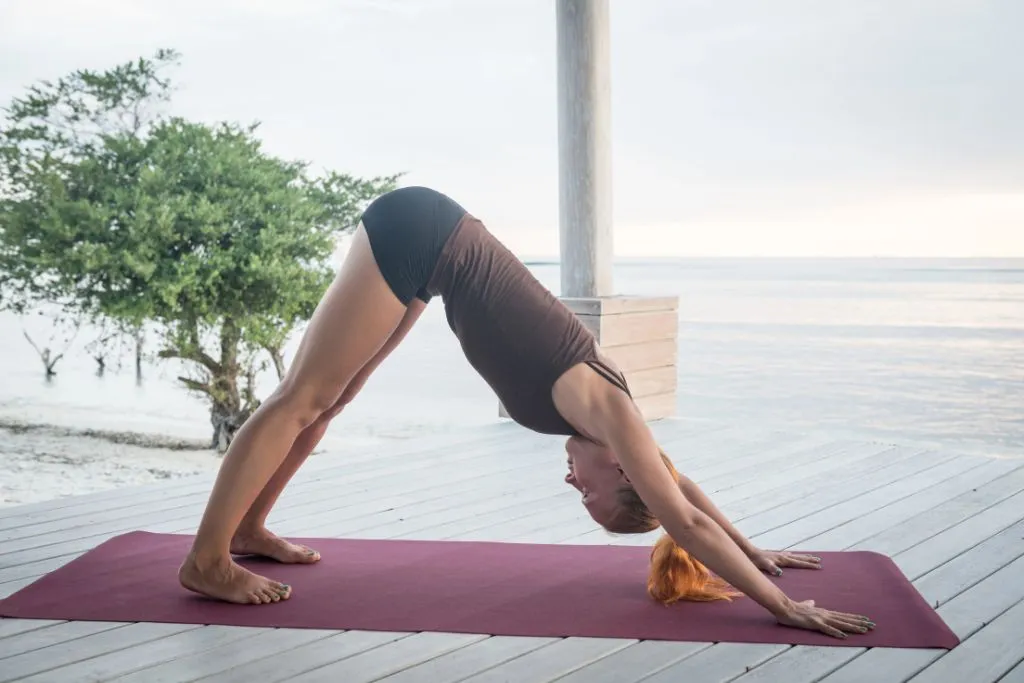Table of Contents
ToggleYoga for Beginners
Discover practical yoga for Beginners tips, simple yoga exercises, and a quick easy yoga routine to boost flexibility, reduce stress, and cultivate mindfulness—in under 15 minutes daily.
Why Choose Yoga for Beginners
Yoga for Beginners offers a gentle introduction to physical exertion, breath control, and mental focus. Whether you’re entirely new to exercise or simply seeking a low-impact practice, yoga for newcomers lets you build strength, improve posture, and unlock inner calm—all from the comfort of your home. By focusing on breath-aware movement, you’ll learn to ease tension, increase body awareness, and establish a sustainable wellness habit that supports both body and mind. These are just a few of the many yoga benefits for beginners.
Benefits of a Home Practice
Adopting yoga for beginners at home comes with several advantages:
- Convenience: No commute to a studio means you can fit yoga at home into any schedule—morning, noon, or night.
- Affordability: A basic mat and comfortable clothing are all you need; there’s no need for costly memberships or specialized equipment.
- Comfort: Practicing in a private space allows yoga for newcomers to move at their own pace, free from peer comparison or classroom distractions.
- Consistency: Short, daily sessions help yoga for newcomers develop a routine and maintain motivation over the long term.
Getting Started:
What You Need Before you begin your yoga for Beginners journey, gather these essentials to create a supportive practice environment:
- Yoga Mat: A non-slip mat provides stability for standing and floor poses.
- Comfortable Clothing: Breathable, stretchy fabrics allow a full range of motion.
- Quiet Space: Choose a clutter-free corner of your home with enough room to stretch and move.
- Optional Props: Yoga blocks, straps, and blankets can help newcomers adjust alignment and ease into poses safely.
With these basic items, yoga for Beginners becomes inviting and accessible—no fancy gear required.
Creating Your Space
Designating a dedicated area for yoga for Beginners practice enhances focus and relaxation:
- Clear the Clutter: Remove obstacles and distractions so you can move freely.
- Set the Mood: Soft lighting, gentle music, or a calming candle can create a serene atmosphere.
- Keep Essentials Nearby: Store your mat, blocks, and strap within easy reach so you can start practice without delays.
A thoughtfully arranged space encourages yoga for Beginners to stay committed and present on the mat.
Foundational Yoga Poses for Beginners :
Introducing a few beginner yoga poses helps beginners gain confidence and build strength gradually. Aim for five deep breaths in each posture, linking movement with inhalation and exhalation.
- Mountain Pose (Tadasana)
Why It Matters: Mountain Pose teaches posture, balance, and body alignment—fundamental elements for yoga for Beginners.
- Downward Facing Dog (Adho Mukha Svanasana)
How to: From hands and knees, tuck your toes and lift hips up and back to form an inverted “V.” Spread your fingers wide and press evenly through your palms.
Why It Matters: This pose strengthens the arms and back and extends the hamstrings and shoulders, making it a perfect starting point for beginners and a mainstay of any simple yoga practice.
- Child’s Pose (Balasana)
How to: Sit back on your heels while kneeling, then fold forward so that your forehead rests on the mat.
Why It Matters: Child’s Pose offers a restorative counterpoint in any sequence, calming the mind and releasing tension in the back—perfect for yoga for newcomers to reset between more active poses.
Building a Simple Under-15-Minute Sequence
Yoga for beginners gently introduces you to breathing techniques, physical movement, and mental relaxation.
- Seated Deep Breathing (2 minutes):
Sit cross-legged or on a cushion. Place hands on knees, inhale deeply through the nose, and exhale fully through the mouth. Focus on expanding your rib cage and experiencing each breath.
- Cat-Cow Stretch Pose (1 minute):
On hands and knees, alternate between arching your spine (Cow) on the inhale and rounding your back (Cat) on the exhale. Coordinate each movement with your breath to gently warm up the spine.
- Downward Facing Dog (5 breaths):
Pedal your feet—lifting one heel at a time—to deepen the stretch in the calves and hamstrings.
- Forward Fold (Uttanasana, 5 breaths):
Lean forward, stand tall, and pivot at the hips. Let your head and neck relax, feeling a release in the back and hamstrings.
- Warrior II (Virabhadrasana II, 3 breaths per side):
Step one foot back, bend the front knee, and extend arms parallel to the floor. This pose strengthens legs and opens the hips—essential for yoga for Beginners building lower-body stability.
- Child’s Pose (30 seconds):
Return to this restful posture to reconnect with your breath and prepare for the final poses.
7. Bridge Pose (Setu Bandha Sarvangasana):
Lying on your back, place your feet hip-width apart and bend your knees. Using your glutes and opening your chest, raise your hips toward the ceiling.
8. Savasana (Corpse Pose, 3–5 minutes):
With your arms by your sides and your palms facing up, lie flat on your back.
Let your body unwind completely so it can reap the rewards of your practice.
Safety Tips & Common Mistakes:
These tips will help beginners avoid injuries and get the most out of their yoga practice:
- Listen to Your Body: Never force a stretch. Mild discomfort is normal, but sharp pain indicates you should ease off.
- Maintain Proper Alignment: Use a mirror or record yourself to check form, especially in weight-bearing poses. Accurate alignment protects joints and enhances results.
- Breathe Consistently: Holding your breath breaks the mind-body connection. Inhale or exhale in time with each action.
- Use Props When Needed: Blocks and straps help bridge the gap between your current flexibility and ideal posture, making yoga for Beginners more accessible.
Integrating Yoga into Daily Life
To make yoga for Beginners a lasting habit, weave brief sessions into your everyday routine:
- Morning Ritual: Begin each day with a quick stretch to awaken the body and mind.
- Midday Break: Break up long periods of sitting with a few standing poses or gentle twists.
- Evening Wind-Down: Use restorative postures and deep breathing to release accumulated stress before bedtime.
Even five minutes of focused movement and breath counts toward your wellness goals and reinforces yoga for Beginners as a lifelong practice.
Tracking Your Progress
Keeping a simple journal helps yoga for Beginners stay motivated and observe growth over time. For each session, note:
- Date & Duration: Record the length of your practice.
- Poses & Observations: Jot down which postures felt easier or more challenging. Mental & Physical Effects: Reflect on how you feel—more relaxed, energized, or centered.
Reviewing your entries weekly highlights improvements and maintains accountability, encouraging you to continue your yoga for Beginners journey.
Conclusion:
Embrace the Journey.
Yoga for newcomers is not about perfection—it’s about exploration, self-compassion, and consistent effort. From perfecting a solid Mountain Pose to enjoying the silence of Savasana, celebrate each accomplishment. With regular practice, you’ll experience enhanced flexibility, reduced stress, and a deeper connection to your body and mind. Unroll your mat, trust the process, and let your yoga at home journey lead to lasting well-being—one mindful breath at a time.

